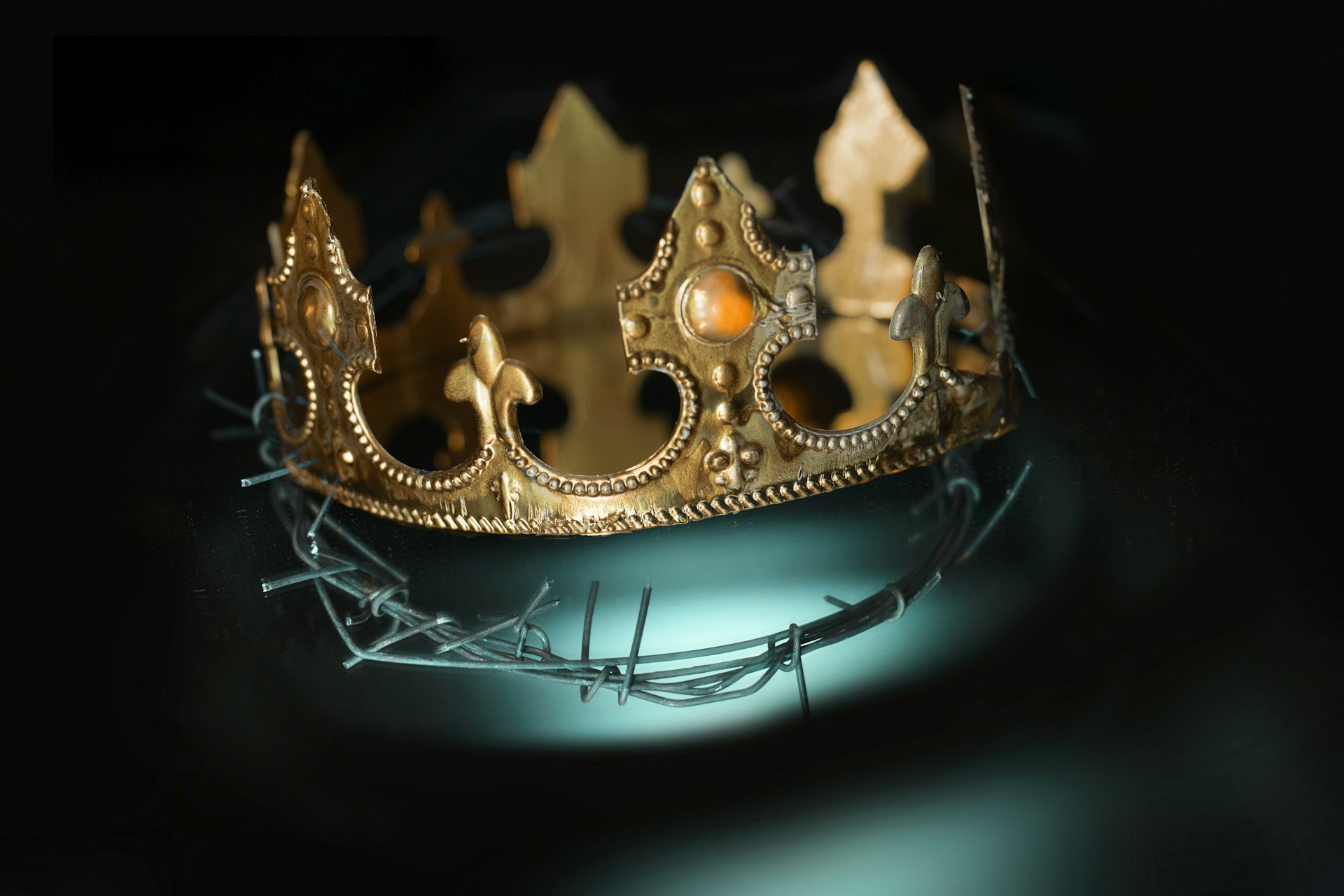The Crown Family Ancestry in England and How to Build a Legacy


Photo by Carlos N. Cuatzo Meza on Unsplash
The Crown Family Ancestry in England: A Journey Through History
The ancestry of England’s royal family, often referred to as “The Crown,” is a rich tapestry woven over more than a thousand years. The lineage begins with the tribal kingdoms of Celtic and Belgic settlers in the second century BC, long before England was a unified nation [1] . These early rulers established small kingdoms across Britain, with power shifting among various tribes and leaders.
By the 9th century, the House of Wessex emerged as a dominant force, with Alfred the Great (871-899) laying the groundwork for a unified England. His successors-Edward the Elder, Athelstan, Edmund I, and Edred-consolidated power, gradually transforming a patchwork of kingdoms into a single realm [1] . This period also saw the influence of Danish monarchs, such as King Canute, reflecting the era’s dynamic and often violent shifts in power [2] .
The Norman Conquest of 1066 marked a turning point, as William the Conqueror introduced Norman culture, law, and governance. The subsequent Plantagenet dynasty, beginning with Henry II in 1154, ruled for over three centuries, shaping English legal traditions and facing internal conflicts like the signing of the Magna Carta [2] .
The Tudor and Stuart dynasties brought further transformation, uniting the crowns of England and Scotland under James I in 1603. The Stuarts’ reign was marked by political and religious turmoil, including the English Civil War and the temporary abolition of the monarchy [2] . The Hanoverians, beginning with George I in 1714, ushered in a new era of constitutional monarchy, blending royal authority with parliamentary government [1] .
In 1917, the royal family adopted the name “Windsor” to distance itself from its German heritage during World War I. Today’s monarchy, under King Charles III, continues to evolve, maintaining traditions while adapting to modern values [3] .
Key Dynasties and Their Legacies
Each dynasty left a distinct mark on England’s history and identity:
- House of Wessex (9th-11th centuries): Established the foundation of a unified England; emphasized defense, law, and Christian values.
- Norman and Plantagenet (11th-15th centuries): Introduced feudalism, common law, and the Magna Carta; expanded royal authority.
- Tudor and Stuart (15th-17th centuries): Unified England and Scotland; navigated religious and political upheaval.
- Hanoverian (18th-19th centuries): Transitioned to constitutional monarchy; balanced royal and parliamentary power.
- Windsor (20th century-present): Modernized the monarchy; maintained global influence and national tradition.
How to Create a Crown Family: Building Your Own Legacy
While most families will never claim a royal title, the concept of a “crown family”-a family with a strong sense of identity, tradition, and legacy-is something anyone can aspire to create. Here’s how you can build your own family’s heritage and traditions, inspired by the royal model but tailored to your values and circumstances.
1. Define Your Family’s Identity
Start by articulating what makes your family unique. This could include cultural heritage, shared values, or a family motto. The royal family’s identity is rooted in history, duty, and service-consider what principles you want to pass down through generations.
2. Establish Traditions and Rituals
Royal families are known for their rituals, from coronations to annual gatherings. Create your own traditions, whether it’s a special meal, an annual reunion, or a unique way of celebrating milestones. These rituals help reinforce family bonds and create lasting memories.
3. Document Your Family History
Just as the monarchy maintains detailed records, start a family tree, write down stories, and preserve photographs. There are many online resources and genealogy services that can help you trace your ancestry and document your family’s journey.
4. Foster a Sense of Duty and Service
Many royal families emphasize public service and philanthropy. Encourage family members to contribute to their communities, volunteer, or support causes they care about. This builds a legacy of giving back.
5. Prepare for Succession and Continuity
Royal succession is carefully planned, but any family can benefit from discussing future leadership and responsibilities. Have open conversations about who will manage family assets, traditions, and decision-making as generations change.
6. Adapt and Evolve
The monarchy has survived by adapting to societal changes. Be open to evolving your family’s traditions and values as circumstances change, ensuring your legacy remains relevant for future generations.
Practical Steps to Building a Family Legacy
Here are actionable steps to help you create a lasting family identity:
- Host regular family meetings to discuss goals, traditions, and challenges.
- Create a family mission statement that reflects your shared values and aspirations.
- Invest in education and mentorship to prepare the next generation for leadership and responsibility.
- Establish a family archive with documents, photos, and heirlooms that tell your story.
- Celebrate achievements and milestones as a family, reinforcing a sense of pride and belonging.
Challenges and Solutions
Building a family legacy is not without challenges. Disagreements, changing family structures, and external pressures can strain traditions. To overcome these, prioritize open communication, flexibility, and inclusivity. Encourage all family members to contribute ideas and respect diverse perspectives.
Alternative Approaches
If formal family structures don’t suit your situation, consider creating a legacy through philanthropy, founding a family business, or establishing a scholarship in your family’s name. These actions can create a lasting impact even without traditional rituals.
Resources for Further Exploration
To delve deeper into royal ancestry, you can explore the National Portrait Gallery’s family tree of English monarchs [1] or comprehensive genealogical resources online. For building your own family legacy, consider consulting family historians, joining genealogy societies, or using digital tools to document and share your family’s story.
References
[1] National Portrait Gallery. Kings and Queens: a family tree. Traces the lineage of English monarchs from ancient times to the present.

Photo by Albert Jarod Ibay on Unsplash
[2] History Cooperative. The British Royal Family Tree: Tracing the Lineage from Anglo-Saxon to Modern Times. Overview of key dynasties and their impact on British history.
[3] Town & Country. British Royal Family Tree. Guide to the modern Windsor family and its lineage.




